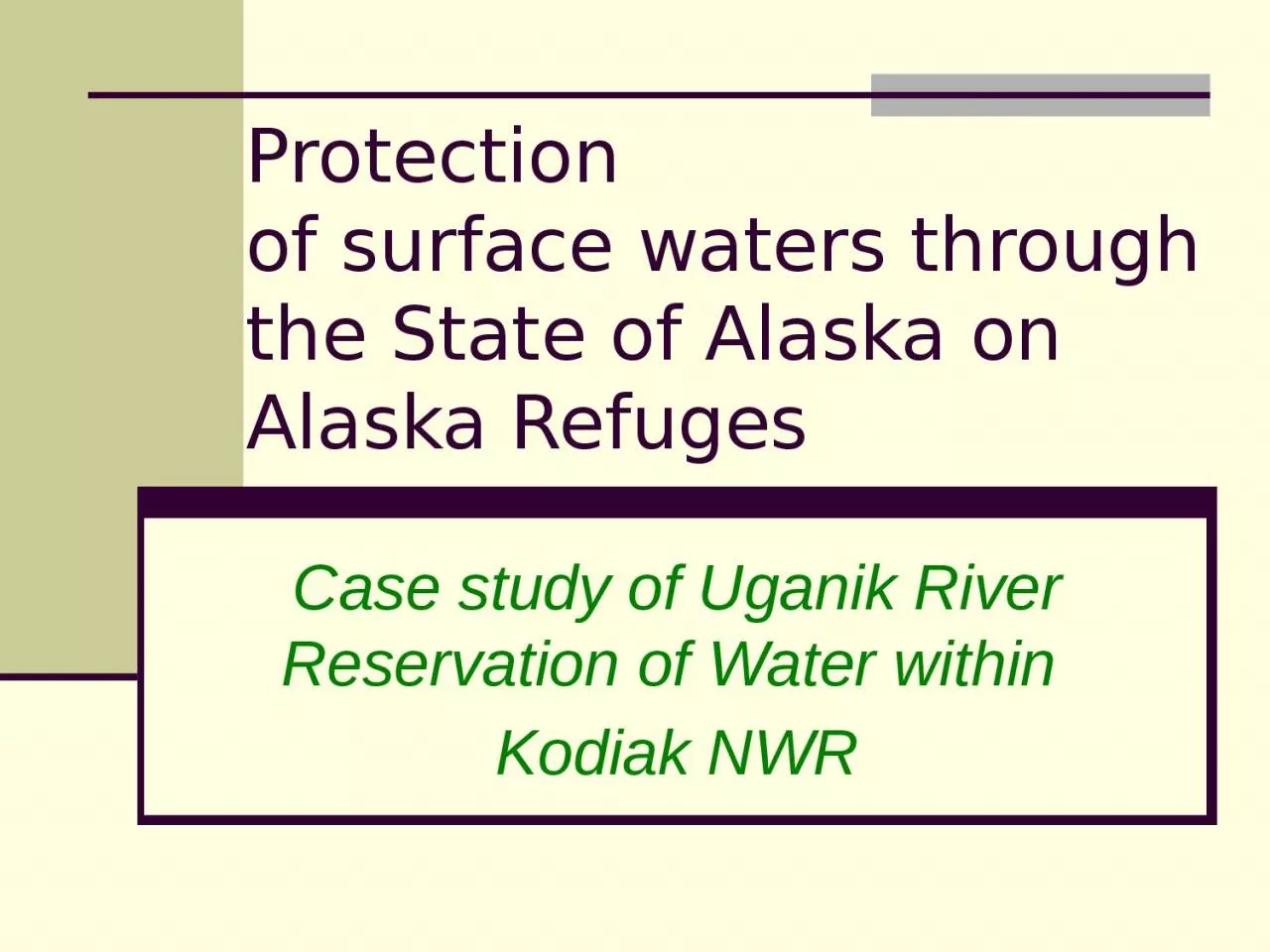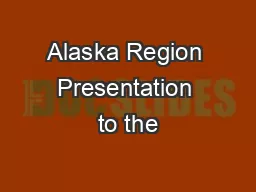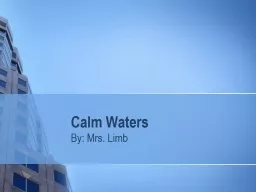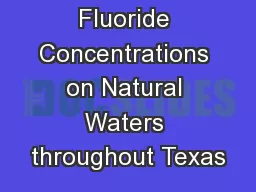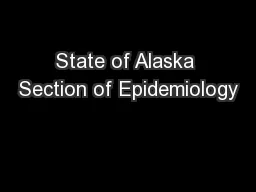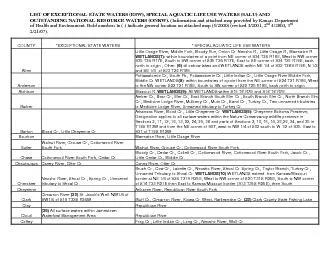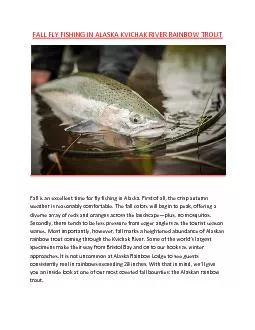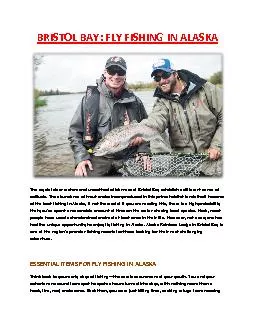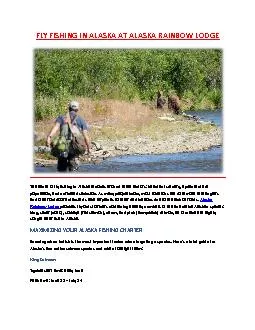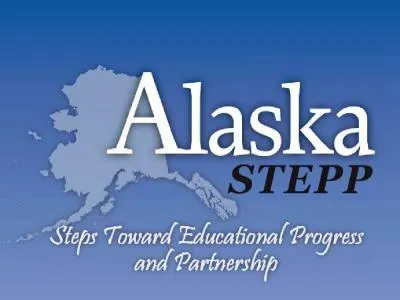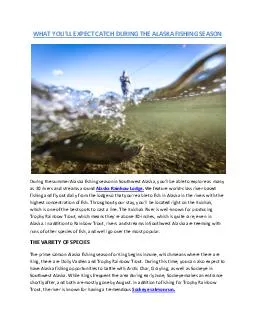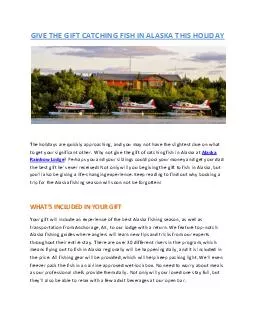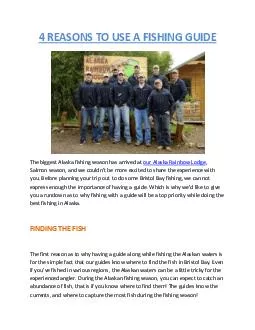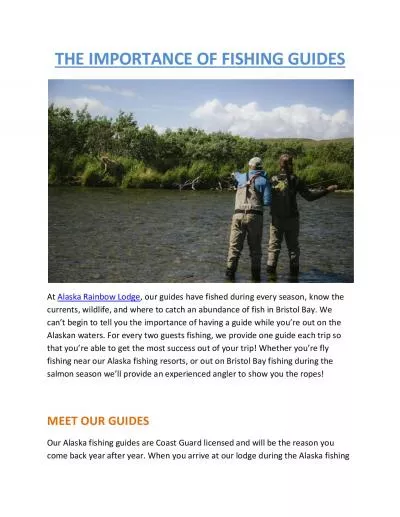PPT-Protection of surface waters through the State of Alaska on
Author : PeacefulPenguin | Published Date : 2022-08-01
Alaska Refuges Case study of Uganik River Reservation of Water within Kodiak NWR Statutory Mandates for Refuges N ational W ildlife R efuge S ystem I mprovement
Presentation Embed Code
Download Presentation
Download Presentation The PPT/PDF document "Protection of surface waters through th..." is the property of its rightful owner. Permission is granted to download and print the materials on this website for personal, non-commercial use only, and to display it on your personal computer provided you do not modify the materials and that you retain all copyright notices contained in the materials. By downloading content from our website, you accept the terms of this agreement.
Protection of surface waters through the State of Alaska on: Transcript
Download Rules Of Document
"Protection of surface waters through the State of Alaska on"The content belongs to its owner. You may download and print it for personal use, without modification, and keep all copyright notices. By downloading, you agree to these terms.
Related Documents

